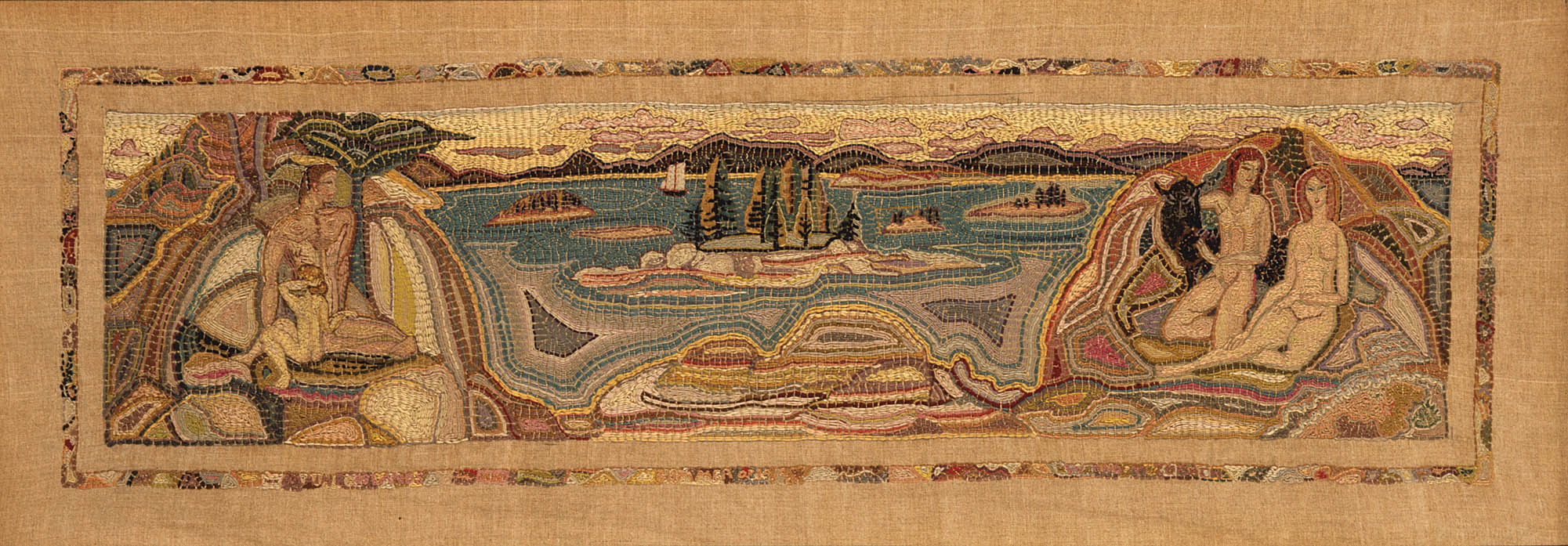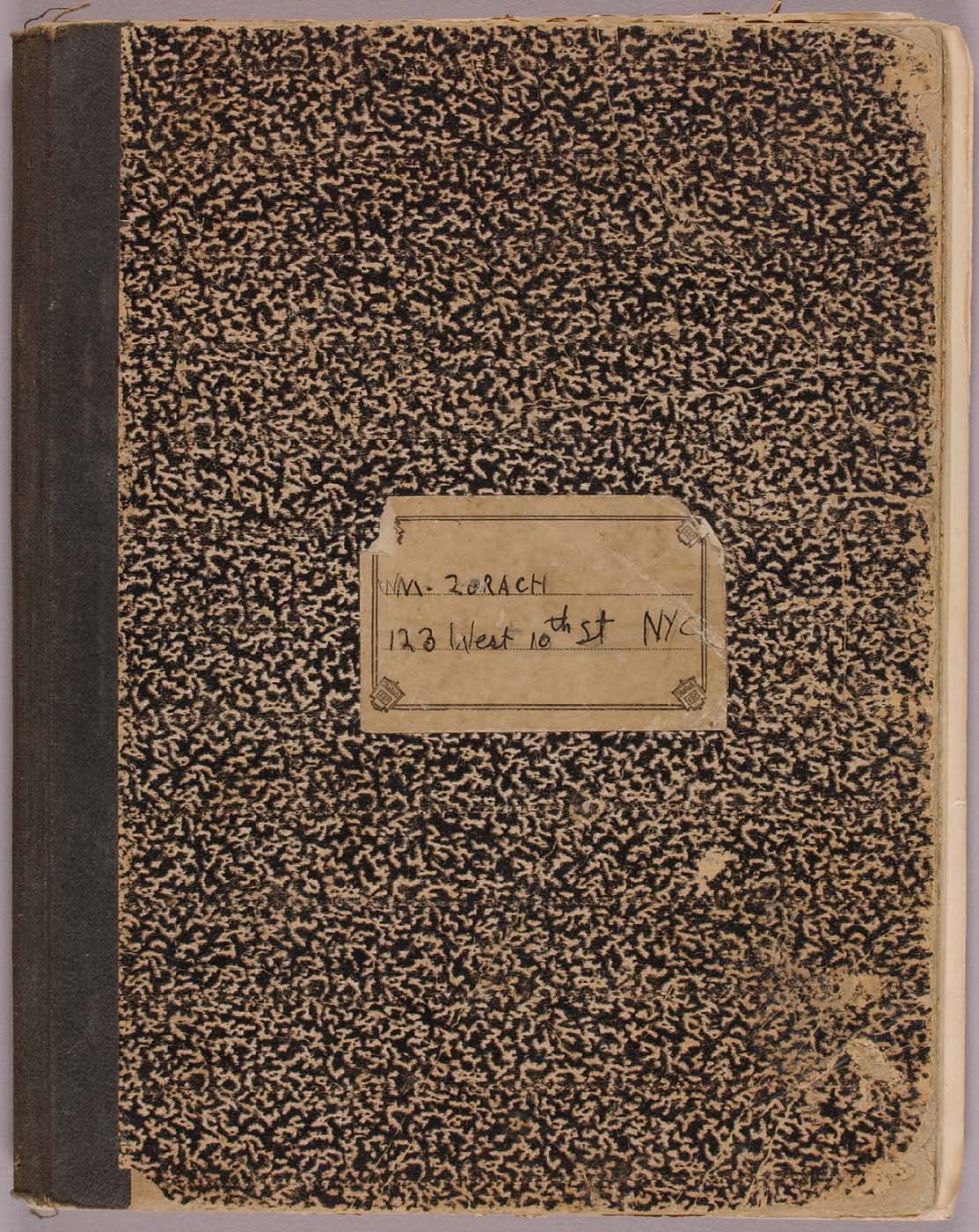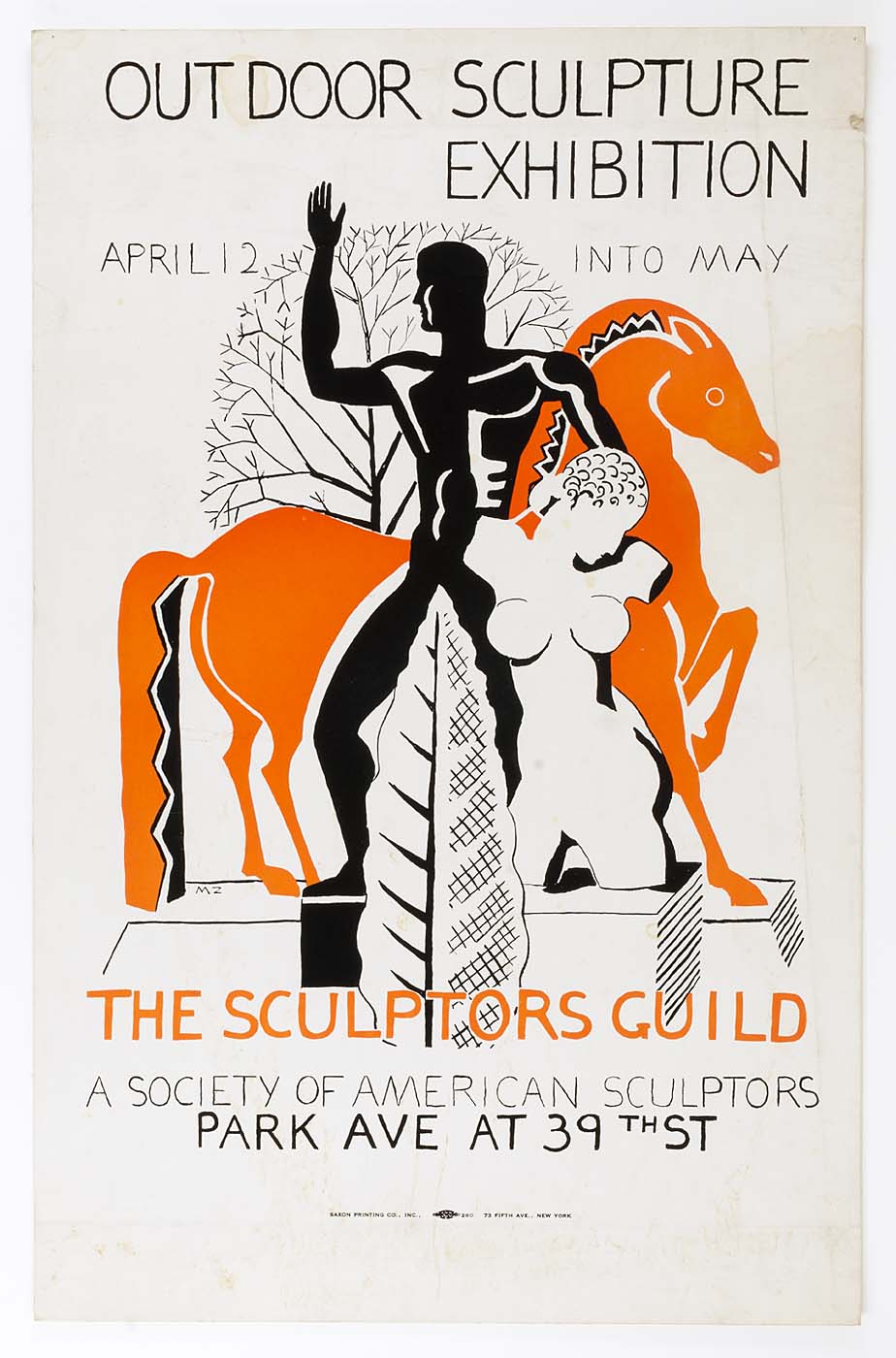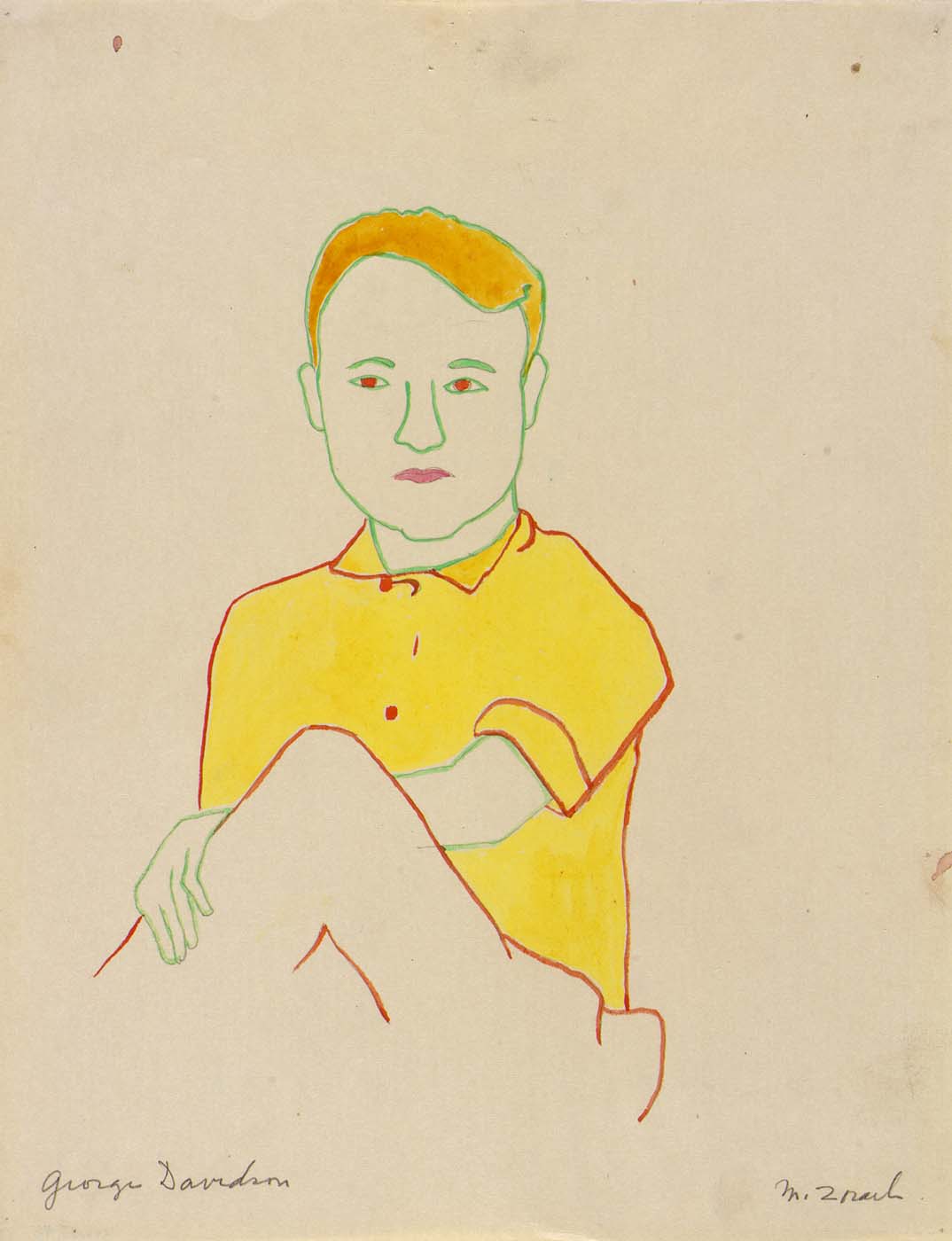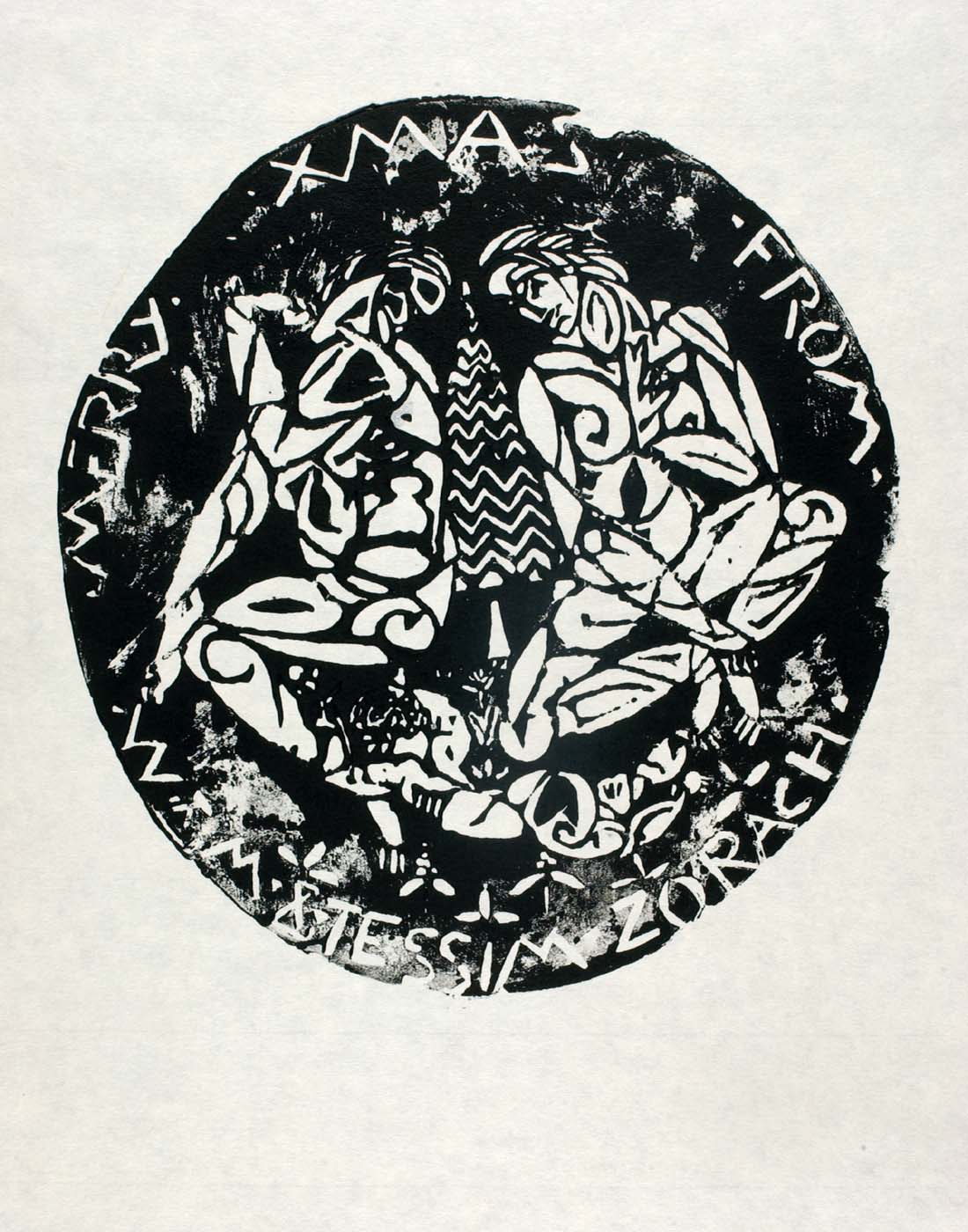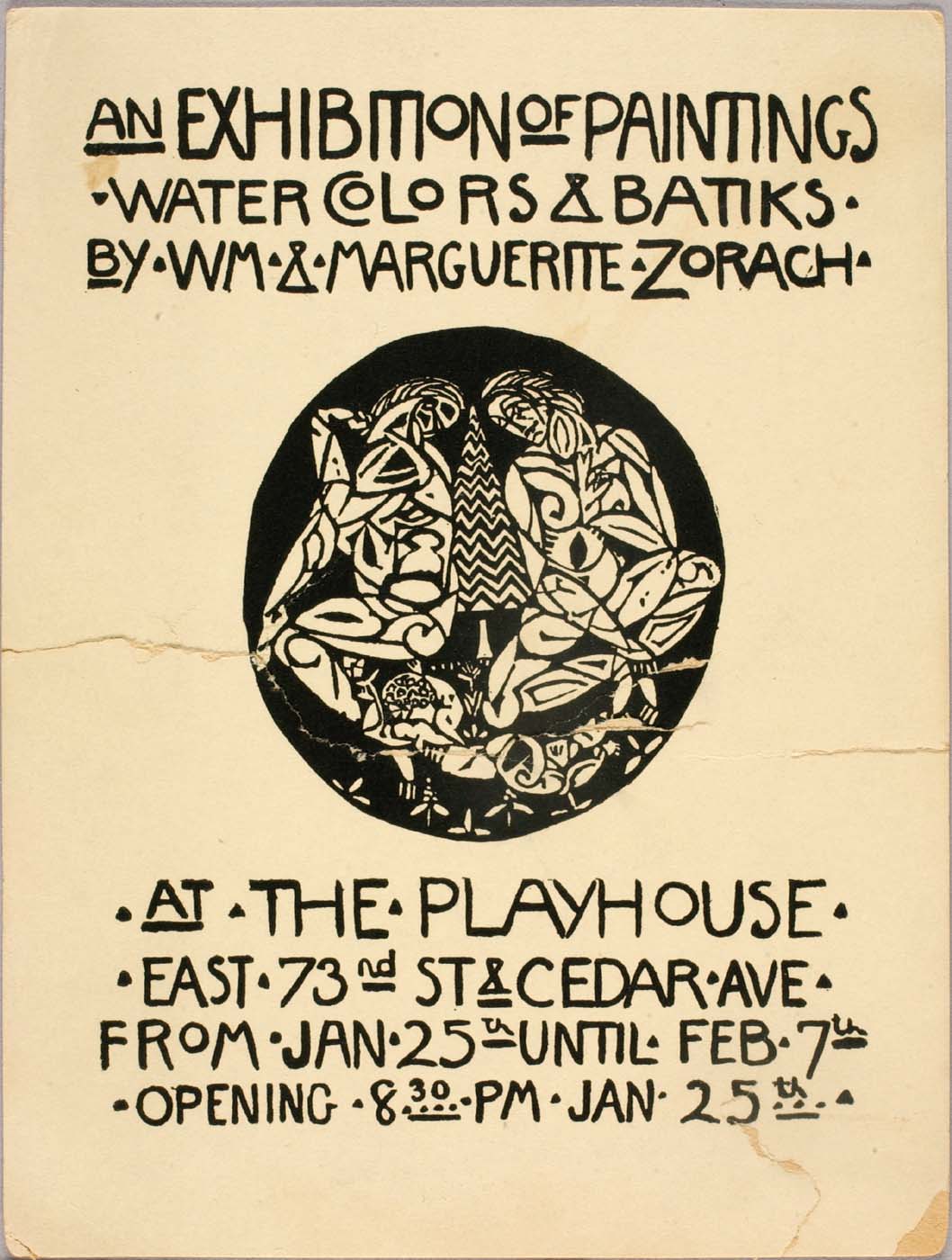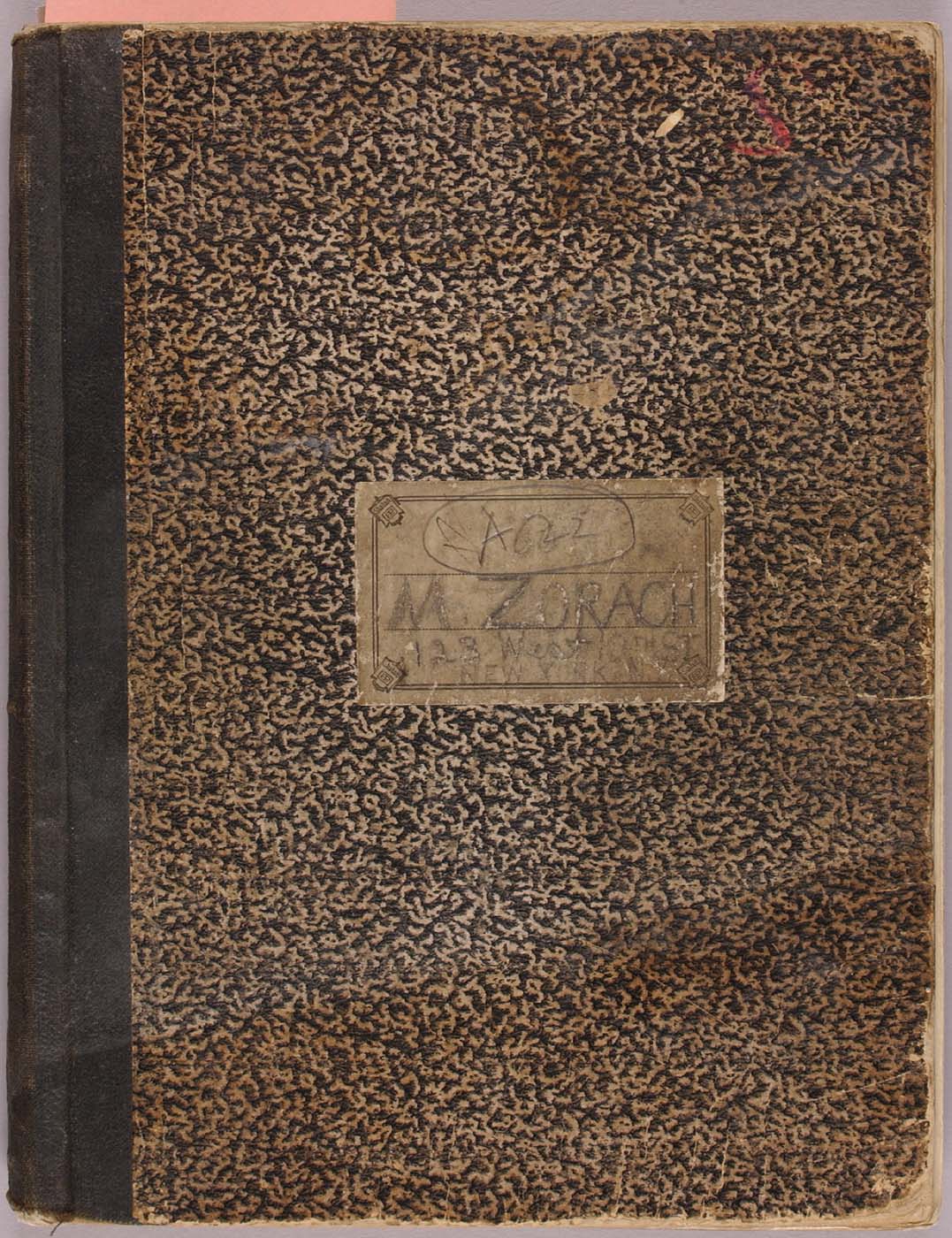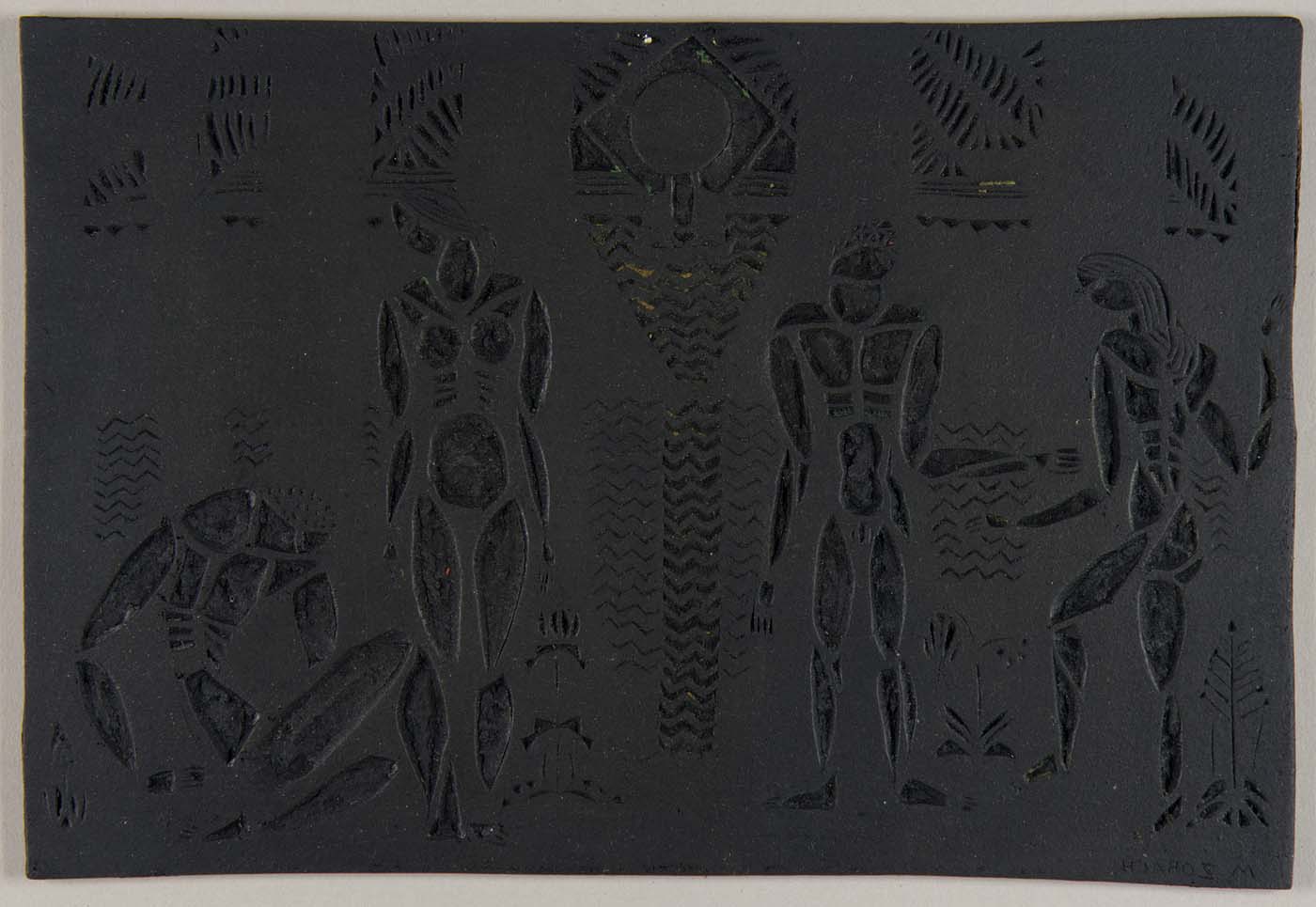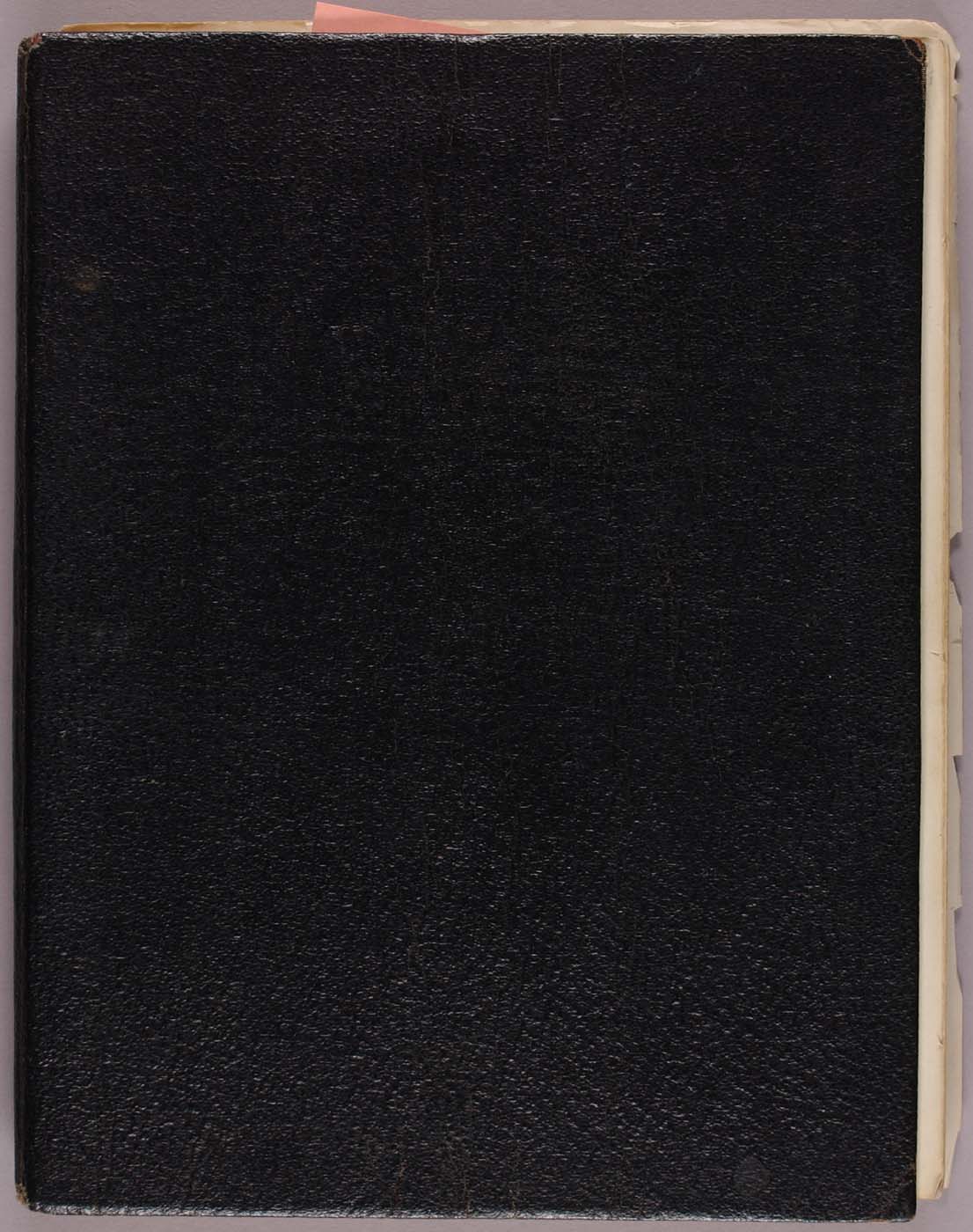Marguerite Zorach
Reviews of the landmark 1913 Armory Show mention the work of only one Zorach, Marguerite. Today, however, Marguerite Thompson Zorach's reputation is largely overshadowed by that of her sculptor husband, William. And yet the attention Marguerite attracted should come as no surprise. She was an early exponent of modernism in America, employing the bold colors of the Fauves (a group of radical French painters) with the striking, and controversial, forms of cubism. Marguerite's modernist credentials were impeccable. An acquaintance of Pablo Picasso and the expatriate Gertrude Stein, she attended La Palette, a school of "post-impressionists," and exhibited at the Salon d'Automne and the Société des Artistes Indépendants.
She married William in 1912, returned to the United States, and together they began summering in New England. After several restless seasons in New Hampshire and Provincetown, Massachusetts, the Zorachs purchased a farm in Robinhood Cove near Stonington, Maine. Marguerite continued to paint, but she also turned her attention to fiber art in the form of embroidery and batik. Through the use of these traditional materials, Zorach articulated her uniquely modern vision of old New England.
William H. Truettner and Roger B. Stein, editors, with contributions by Dona Brown, Thomas Andrew Denenberg, Judith K. Maxwell, Stephen Nissenbaum, Bruce Robertson, Roger B. Stein, and William H. Truettner Picturing Old New England: Image and Memory (Washington, D.C.; New Haven, Conn; and London: National Museum of American Art with Yale University Press, 1999)



















